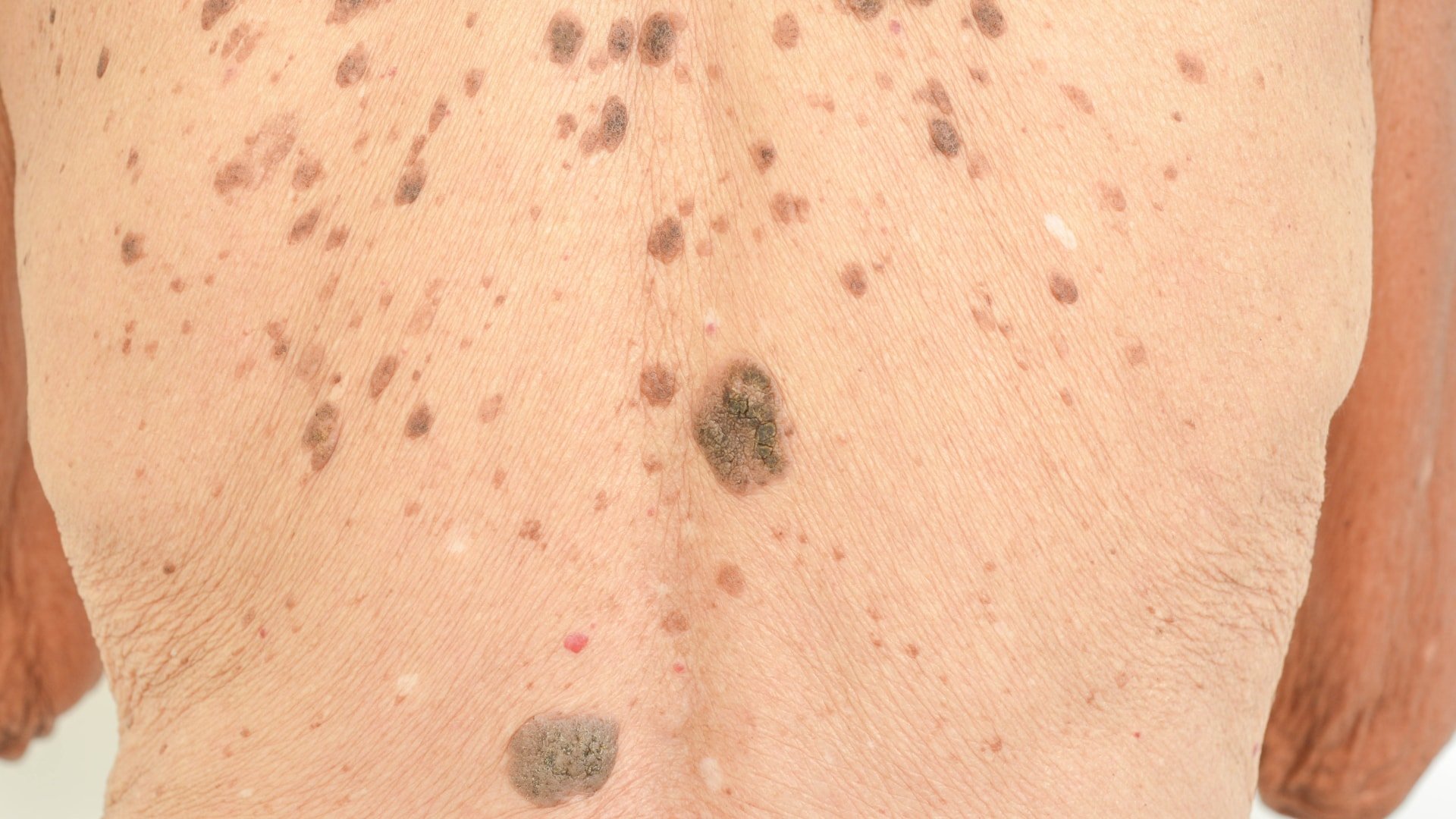Sunspots Before 30? Understanding Leg Hyperpigmentation

The human body, a canvas of experience, tells stories through subtle shifts in texture and tone. One such narrative, often prematurely etched onto the skin, is the appearance of hyperpigmentation, sometimes referred to as “age spots,” on the legs, even before the age of 30. These darkened patches, medically known as solar lentigines, can spark concern and curiosity, raising questions about their origin and implications. This exploration delves into the phenomenon of leg hyperpigmentation in younger adults, unraveling its complexities and shedding light on preventative measures and potential treatments.
While the term “age spots” implies a correlation with advancing years, their manifestation on legs before 30 hints at a different story. Cumulative sun exposure, the primary culprit, can trigger melanin overproduction, leading to these telltale marks. Like a photographic negative, the sun’s rays imprint themselves on exposed skin, leaving behind a visible record of time spent under its gaze.
Beyond the sun's influence, other factors contribute to the premature appearance of hyperpigmentation on the legs. Hormonal fluctuations, especially during pregnancy or while taking certain medications, can also stimulate melanin production. Genetic predisposition plays a role, making some individuals more susceptible to these pigmentary changes regardless of sun exposure.
Understanding the underlying mechanisms of hyperpigmentation is crucial for effective management. Melanin, the pigment responsible for skin color, acts as a natural sunscreen, absorbing ultraviolet radiation. However, excessive sun exposure can overwhelm this protective mechanism, leading to localized overproduction of melanin and the formation of darker patches.
The appearance of these spots can vary, ranging from small, flat freckles to larger, more defined macules. While generally harmless, they can sometimes be mistaken for other skin conditions, emphasizing the importance of consulting a dermatologist for accurate diagnosis. A professional assessment can rule out any underlying medical concerns and provide tailored advice on management and treatment.
Historically, sun-kissed skin was often associated with a life lived outdoors, a symbol of vitality and leisure. However, the modern understanding of sun damage reveals a more nuanced perspective. Protecting our skin from excessive sun exposure has become paramount, not only for aesthetic reasons but also for long-term health. Premature skin aging and an increased risk of skin cancer are significant concerns associated with prolonged sun exposure.
Addressing hyperpigmentation on legs before 30 involves a multi-pronged approach. Prevention, through diligent sun protection, is the first line of defense. Seeking shade during peak sun hours, wearing protective clothing, and regularly applying broad-spectrum sunscreen with an SPF of 30 or higher are essential practices. For existing hyperpigmentation, topical treatments containing ingredients like hydroquinone, retinoids, or vitamin C can help lighten the affected areas over time. Professional procedures such as laser therapy or chemical peels may also be considered for more pronounced cases.
Living with hyperpigmentation, particularly in visible areas like the legs, can be emotionally challenging for some individuals. Self-consciousness about the appearance of these spots can impact self-esteem and body image. Openly discussing these feelings with a dermatologist or therapist can provide valuable support and coping strategies.
Understanding the interplay of sun exposure, genetics, and hormonal influences allows for a more comprehensive approach to managing hyperpigmentation. By embracing preventative measures and exploring available treatment options, individuals can reclaim their skin's narrative, rewriting the story of sunspots before 30 with informed choices and proactive care.
Advantages and Disadvantages of Early Treatment for Leg Hyperpigmentation
| Advantages | Disadvantages |
|---|---|
| May prevent further darkening of spots | Some treatments can be expensive |
| Can improve cosmetic appearance and boost self-esteem | May require multiple treatments for optimal results |
Frequently Asked Questions about Hyperpigmentation on Legs Before 30:
1. Are these spots cancerous? Generally, no, but a dermatologist should evaluate any changes in size, shape, or color.
2. Can they be completely removed? While lightening is possible, complete removal may not always be achievable.
3. How long does treatment take? Results vary depending on the treatment and individual response.
4. Are home remedies effective? Some, like aloe vera or lemon juice, may have mild lightening effects, but professional treatments are typically more effective.
5. Can I prevent further spots? Diligent sun protection is key to preventing new hyperpigmentation.
6. Will tanning beds worsen the condition? Yes, tanning beds significantly increase the risk of hyperpigmentation and skin cancer.
7. Is there a specific diet to prevent hyperpigmentation? A balanced diet rich in antioxidants may offer some protective benefits.
8. Can hormonal changes cause these spots? Yes, fluctuations in hormones can trigger melanin overproduction.
Tips for Managing Hyperpigmentation:
- Consistent sunscreen application is paramount.
- Seek professional guidance for personalized treatment.
- Practice self-care and address any emotional concerns related to skin changes.
In closing, the appearance of hyperpigmentation on legs before 30 serves as a poignant reminder of the skin's intricate relationship with the environment and internal factors. While these marks may tell a story of sun exposure or hormonal shifts, they need not define an individual's perception of their own beauty. By embracing proactive measures like sun protection and exploring available treatments, we can navigate these skin changes with informed choices and cultivate a deeper understanding of our body's ever-evolving narrative. Taking control of skin health empowers individuals to rewrite their skin's story, fostering a sense of agency and promoting long-term well-being. This journey of understanding and proactive care allows us to appreciate the complexity and resilience of our skin, embracing its unique beauty at every stage of life. By continuing to explore advancements in skincare and fostering open conversations about skin health, we can empower ourselves and others to navigate these changes with confidence and grace.
Decoding the orange county florida deed office
Decoding the rav4 xle premium is it the right ride for you
Navigating collin county electricity disruptions













